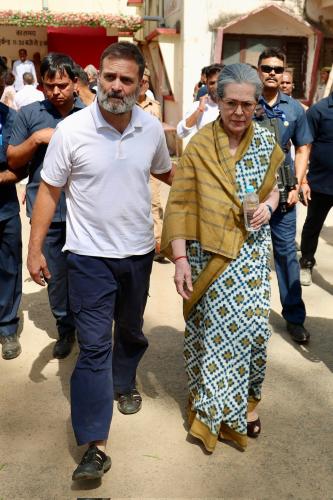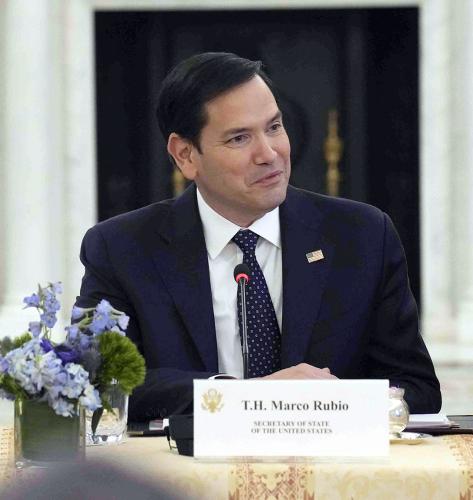New Delhi, Oct 26 (IANS) India’s economy is expected to maintain steady growth in the second half of the current financial year (H2 FY26), supported by strong domestic consumption despite global uncertainties, according to a report by SBI Capital Markets (SBICAPS).
The report said that while trade tensions and high tariffs continue to challenge global growth, India’s internal demand remains a key stabilising force.
With the United States imposing steep 50 per cent tariffs on Indian exports, policymakers are increasingly focusing on boosting domestic growth drivers
Both the central and state governments have stepped up capital spending in FY26 so far, which is expected to reflect in higher investment levels across the economy.
Recognising the importance of domestic consumption, recent GST rate changes were aligned with the festive season to encourage spending.
The Confederation of All India Traders (CAIT) has projected that festive sales could reach a record Rs 4.75 trillion this year.
Early signs of this momentum are visible in auto retail sales, which recorded strong growth during the Navaratri season.
Globally, the SBICAPS report described trade conditions as uncertain, calling tariffs the “new abnormal.”
Chinese exports to the US fell by 33 per cent in August 2025 compared to the previous year, but overall exports rose by 4.4 per cent, indicating a rerouting of supply chains rather than a full-scale disruption.
Exporters and retailers have so far managed to absorb inflationary pressures, though consumers are gradually beginning to feel the pinch.
The report also pointed to a shifting global financial landscape, noting that central banks now hold more gold than US Treasuries for the first time in three decades.
While no strong alternative to the dollar has yet emerged, growing interest in the Chinese yuan and digital currencies signals an ongoing search for new monetary anchors.
However, SBICAPS warned that the global rush to rebalance investments could create asset bubbles.
Artificial intelligence has become the latest hotspot for investors, with massive capital inflows despite unproven business models.
On the domestic front, the Reserve Bank of India (RBI) has introduced measures to improve credit availability by easing lending norms.
These include the removal of sectoral caps on large borrowers, relaxed rules for acquisition finance, and higher limits for loans against shares, REITs, and InvITs.
As a result, the credit-deposit ratio has crossed 80 per cent for the first time in FY26.











